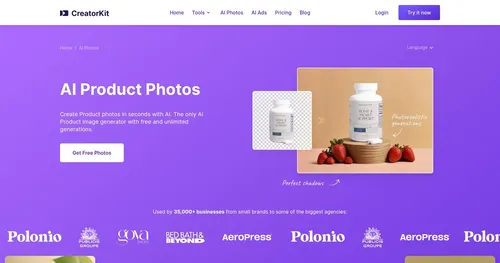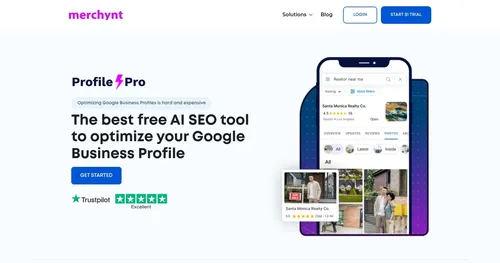Lexi AI by Sandwich lab AI
Lexi AI is a smart system that handles the tricky parts of running ads on Facebook and Instagram. It scans your website, pulls together market data, and builds out entire campaigns, complete with images and copy that aim to grab attention. The tool uses machine learning to adjust bids and test audiences on the fly, which means it learns from performance data to tweak things without you lifting a finger. I find that fascinating because traditional ad management often leaves people guessing, but here the AI bases decisions on patterns from vast datasets, probably pulling from Meta’s own algorithm insights.
One aspect that stands out is the one-click ad image creation. You input basic details, and it produces visuals tailored for high engagement, using generative models similar to those in broader AI art tools. That saves hours compared to hiring designers or fumbling with Canva. The dashboard gives clear views of metrics like ROAS and click-through rates, updated live, so you spot issues fast. But it might not suit everyone, some users report the starter plan’s daily budget limit feels restrictive if your spend scales up quickly, and integration relies heavily on your Meta account setup being clean from the start.
Compared to tools like Predis.ai, which focuses more on social content prediction, Lexi AI zeros in on ad automation with deeper optimization. AdCreative.ai offers strong creative generation too, but it lacks the full campaign management that Lexi provides, making Lexi a better pick for hands-off users. Then there’s Madgicx, a robust competitor for scaling ads, though it demands more manual input at times, and its pricing tiers run higher for similar features.
What readers often like is the speed, campaigns launch in minutes, and the AI’s ability to forecast outcomes based on your budget, giving a sense of control without the stress. On the flip side, if your niche is super specific, the AI-generated copy sometimes needs edits to sound just right, it’s not always spot-on for tone. A surprise element comes in the 24/7 monitoring, where it pauses underperforming ads automatically, something that caught me off guard in demos because it acts like a vigilant assistant you didn’t know you needed.
Overall, the tool integrates technical elements like audience segmentation via AI clustering, grouping users by behavior patterns derived from pixel data. That tech edge helps outperform basic Meta tools. Pricing stays in the affordable range for starters, cheaper than many competitors’ entry levels that bundle extras you might not use. If you’re dipping into ads, start small with the weekly plan to test waters, monitor your first campaign closely for a week, then scale based on those initial metrics.
Video Overview ▶️
What are the key features? ⭐
- Market Research: Performs data-driven analysis to identify trends and audiences for Meta ads.
- Ad Generation: Creates copy and images automatically for high-engagement campaigns.
- Budget Optimization: Adjusts spends and bids in real time to maximize ROI.
- Performance Forecasting: Predicts outcomes based on budget and historical data patterns.
- Campaign Monitoring: Provides 24/7 oversight with automatic adjustments for better results.
Who is it for? 🤔
Examples of what you can use it for 💭
- Small business owner: Launches targeted Facebook ads to drive local traffic with minimal setup.
- E-commerce seller: Generates Instagram creatives and optimizes budgets for product promotions.
- Startup marketer: Tests audience segments automatically to find high-converting groups.
- Retail beginner: Forecasts campaign performance to plan spends without prior ad knowledge.
- Brand manager: Monitors ongoing ads 24/7 for real-time adjustments and better ROI.
Pros & Cons ⚖️
- Quick campaign launch
- Automates optimizations
- Real-time adjustments
- Meta-only focus
- Budget caps in starters
FAQs 💬
Related tools ↙️
-
Adsby Simplifies Google Ads with AI-driven optimization and automation
-
Outcast Transforms audio/video into clips, notes, and posts using AI
-
 CreatorKit
Create product images and photos proven to increase sales, in seconds
CreatorKit
Create product images and photos proven to increase sales, in seconds
-
Admaker Creates stunning social media ads using AI-driven templates and copy
-
Merchynt Optimizes Google Business Profiles for better local SEO and customer engagement
-
 ProfilePro
An AI-drive tool designed to effortlessly optimize Google Business Profiles
ProfilePro
An AI-drive tool designed to effortlessly optimize Google Business Profiles

